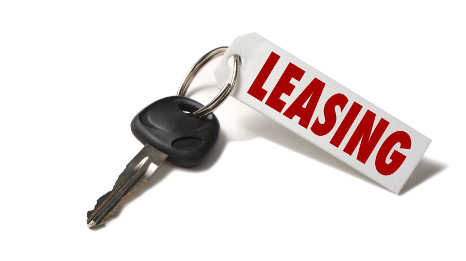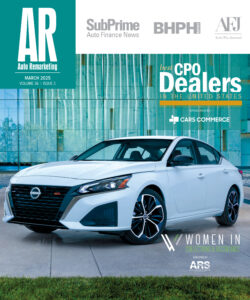Lease penetration remains high in new-car market

An environment where leases account for 30 percent of new-vehicle sales (give or take) may be the new normal.
While there is not likely to be another major increase, lease penetration isn’t likely to “drop off any time soon,” says Eric Lyman, ALG’s chief industry analyst.
The firm spotted 32-percent lease penetration earlier this year, and anticipates numbers from this past month to come around 30 percent, based on seasonality in prior years.
Lease penetration rates have been north of 30 percent in 12 of the last 16 months, according to data shared by Edmunds (should current projections for April hold). As of Monday morning, Edmunds was forecasting April’s lease penetration rate at 30.2 percent, a preliminary figure the company said will be finalized later this week.
“Leasing is clearly here to stay,” Lyman said in an interview last month. “We’ve seen a massive increase in the lease penetration rate. We expect that trend to continue.”
And that is a positive for the car business, he said, provided the back-end process is managed well. Leasing can mean a faster turn rate and a younger vehicle fleet, Lyman said. He also argues that from a safety standpoint, lowering the average age could be beneficial.
“Ultimately, a higher lease penetration increases velocity, which can support higher sales volume over the long term. And as long as we can manage it on the back end,” Lyman said. “The U.S. vehicle fleet or the car park is at a historical all-time high with (cars) almost 12 years old, so if we can get a higher turnover of vehicles on the new-car side and that facilitates bringing that back down to maybe a number that’s more in line with long-term averages, that’s not such a bad thing either.”
OEMs pulling back?
Not everyone shares this assessment. In a quarterly earnings conference call, Sonic Automotive executive Jeff Dyke said he has seen some automakers pull back, pushing for more traditional sales rather than leases.
“And I think it’s because of all the cars coming off lease and the residual values that they’re seeing. So, their finance companies are making the operating companies do things that maybe they don’t want to do right now,” Dyke said. “If anything, I’m not seeing a huge push to lease; I’m seeing the opposite of that.”
As a member of a few dealer boards, Dyke said that there have been discussions around trying to balance a decrease in leasing and a lift in traditional sales, all while maintaining margins and volumes — and trying to remain competitive.
“I think it’s a conundrum right now and it’s something that we’re going to have to work on as we move forward this year,” he said.
As alluded to in an analyst’s question and confirmed by Dyke, one challenge to decreasing leasing is the disparity between lease and finance monthly payments, which can be a struggle to get a consumer to look past.
“There’s a huge gap,” Dyke said. “And you’re not going to be competitive with vehicles that have $100-, $150-, $75-more-a month monthly payment in a straight buy versus a lease. So it’s an issue, an issue we’re going to have to deal with. They’re going to have to meet more in the middle.
“The cost is going to have to come down and the lease residual value is going to have to go up,” so they don’t get hit hard when the term ends, he said.
Dyke added, “But something’s going to have to change, or we’re going to sell a lot less cars.”
But, used-car sales could climb, Dyke confirmed to the analyst, something he said the retailer has long predicted.
Appeal to younger generation
As the concept of auto ownership continues to evolve in the era of Uber and the development of self-driving cars, leasing appears to be striking a chord with millennials.
ALG has observed Generation Y “over-index on leasing,” Lyman said.
“This is a generation that’s more comfortable with the concept of use as you go, or sort of pseudo-ownership of things that they rely on for living life day-to-day” including everything from cell phones to models like Rent the Runway or Blue Apron, he said.
It’s a matter of convenience and experience, and leasing is along similar lines, he said.
Of course, there’s the viewpoint that paying for an asset you don’t own isn’t particularly wise, Lyman said. But then there is the counter-argument.
“I think the current generation views things as, ‘I can use this thing, while it’s under warranty. I can rest assured that if there’s any issues, it’s going to be taken care of. It’s actually less of a burden on my monthly cash flow, and you know, so what if it’s not ‘mine’? It effectively is mine. I can use it when I want, I can do with it what I want within reason that supports my normal life, and then in three years, boom, I can move on,’” he said.
“This is a generation that’s used to the idea of disposable goods, and I think leasing is just a bigger example how they view a lot of the things that they ‘own’ and use,” he said. “Who cares if it’s a $35,000-40,000 asset? I’m paying $250 a month, which is not unreasonable in terms of what I’m getting in terms of value and need a car for, and in three years, I can get a new one.”

 View The Latest Edition
View The Latest Edition

